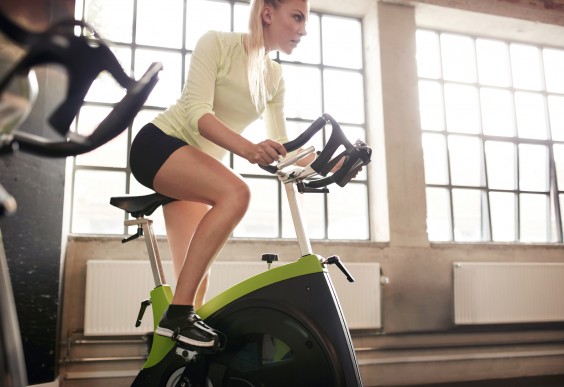While virtually all activity, from yoga to sleeping, requires energy, studies suggest vigorous exercise is especially effective at burning calories. Seems obvious, right? The harder you work, the more you burn. But it’s not just during exercise, it’s for hours after it’s concluded. And that’s where things get interesting.
The Need-to-Know

The so-called “afterburn effect” is more officially known as excess post-exercise oxygen consumption or simply, EPOC. And it isn’t new in the world of fitness. Several studies suggest there’s a strong correlation between the number of calories burned post exercise and the activity’s intensity.1
Simply put: The more intense the exercise, the more oxygen your body consumes afterward.
In one study, participants who cycled vigorously for 45 minutes burned roughly 190 calories more in the 14 hours after exercise than on days when they didn’t work out at all.1
In another study conducted with those who had metabolic syndrome, EPOC also had significant positive effects—meaning this type of training could be especially useful in combating certain health issues, like obesity and diabetes.2
And while one study showed that your afterburn will increase significantly with duration (i.e. the longer and more inte…